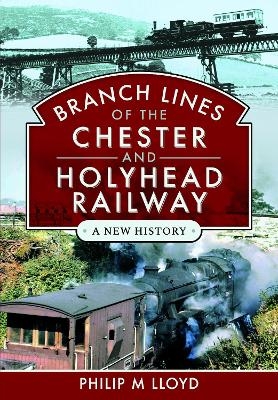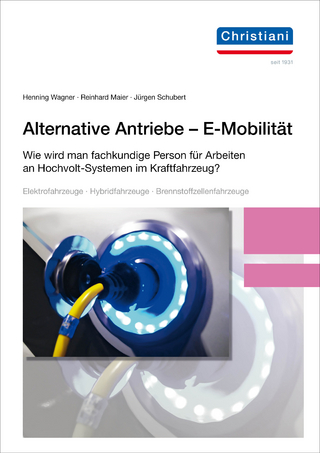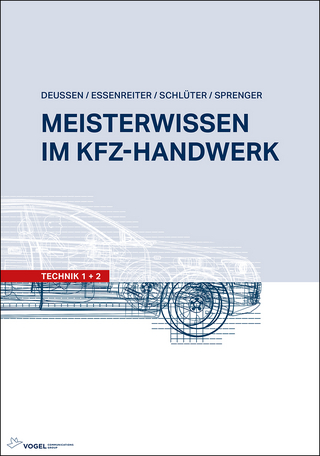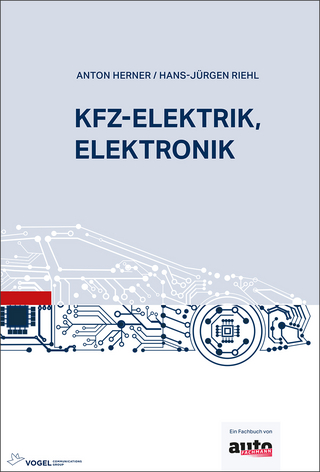
Branch Lines of the Chester & Holyhead Railway
Seiten
2025
Pen & Sword Transport (Verlag)
978-1-3990-4352-6 (ISBN)
Pen & Sword Transport (Verlag)
978-1-3990-4352-6 (ISBN)
- Noch nicht erschienen (ca. März 2025)
- Versandkostenfrei innerhalb Deutschlands
- Auch auf Rechnung
- Verfügbarkeit in der Filiale vor Ort prüfen
- Artikel merken
This book complements the author’s previous book on the Chester and Holyhead Railway and completes the story of railways associated with the London and North Western Railway in north Wales. It does so by breaking down developments to three districts working from east to west across the region. The book examines the background to the construction of the branch lines in the context of relevant wider railway developments. It provides an account of the operation of each of the lines with reference to significant incidents on the railway and the relationship of the branch to the communities it served.
The dominance of railways peaked around 1914 so the book analyses the process of decline from that status. That decline was relatively rapid and featured several rounds of closures of stations and branches, culminating in the notorious Beeching cuts of the 1960s that eventually left north Wales with fewer than fifty miles of branch railways – under 20% of the original total.
The book has maps and tables that provide an overview of the detail contained in the text and the 150 photographs. The book concludes with an overview of the railway system in north Wales. It reflects on how reductions might have been made without depriving so much of the region of a presence on the network, and how the railway policies adopted by private companies and the later nationalized industry paid too little attention to the relationship between the region and its trains.
The dominance of railways peaked around 1914 so the book analyses the process of decline from that status. That decline was relatively rapid and featured several rounds of closures of stations and branches, culminating in the notorious Beeching cuts of the 1960s that eventually left north Wales with fewer than fifty miles of branch railways – under 20% of the original total.
The book has maps and tables that provide an overview of the detail contained in the text and the 150 photographs. The book concludes with an overview of the railway system in north Wales. It reflects on how reductions might have been made without depriving so much of the region of a presence on the network, and how the railway policies adopted by private companies and the later nationalized industry paid too little attention to the relationship between the region and its trains.
Phil Lloyd was born in Stockport and has lived in the north-west of England all his life, apart from a first degree in history at York from 1971. He gained an MA (Econ) and social work qualification at Manchester University in 1978 and worked as a probation officer until 1998. He led Youth Offending Teams in Manchester and Cheshire before managing in social care in Cheshire. He retired from his post as a director in Cheshire East in 2011 and completed a doctorate in Railway Studies at York in 2017. He now lives in Merseyside with his wife Ceri and spends a lot of time in north Wales.
| Erscheint lt. Verlag | 30.3.2025 |
|---|---|
| Zusatzinfo | 30 colour illustrations, 120 mono illustrations |
| Verlagsort | Barnsley |
| Sprache | englisch |
| Maße | 172 x 246 mm |
| Themenwelt | Sachbuch/Ratgeber ► Natur / Technik ► Fahrzeuge / Flugzeuge / Schiffe |
| ISBN-10 | 1-3990-4352-8 / 1399043528 |
| ISBN-13 | 978-1-3990-4352-6 / 9781399043526 |
| Zustand | Neuware |
| Haben Sie eine Frage zum Produkt? |
Mehr entdecken
aus dem Bereich
aus dem Bereich
wie wird man Fachkundiger für Arbeiten an Hochvolt-Systemen im …
Buch | Softcover (2023)
Paul Christiani (Verlag)
68,00 €
Technik 1+2
Buch | Hardcover (2020)
Vogel Communications Group GmbH & Co. KG (Verlag)
129,00 €
Buch | Hardcover (2022)
Vogel Communications Group GmbH & Co. KG (Verlag)
79,80 €


